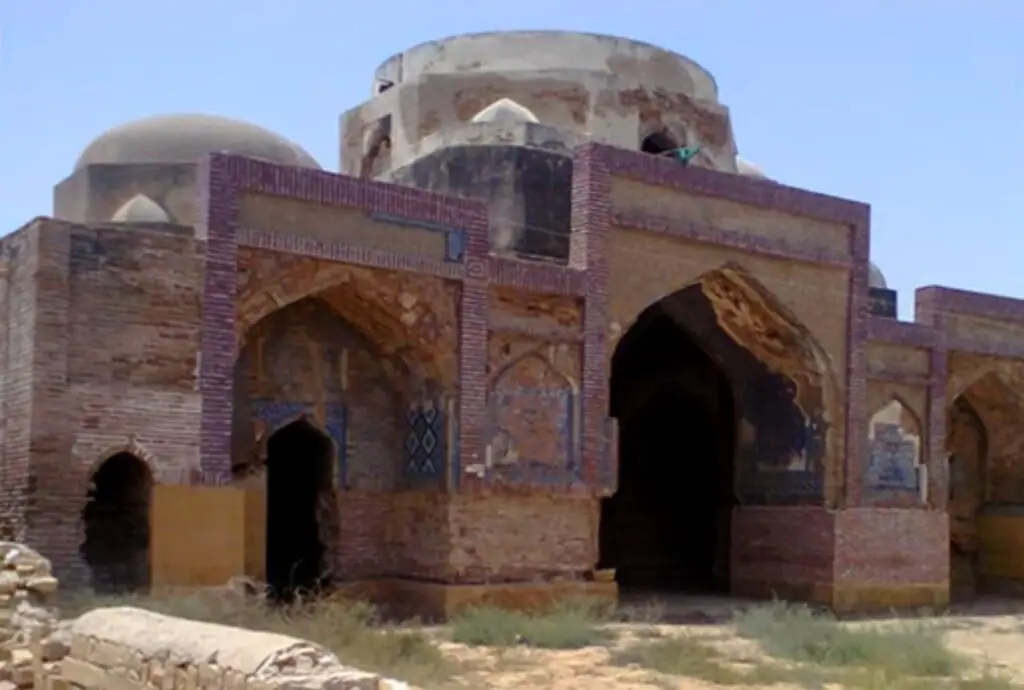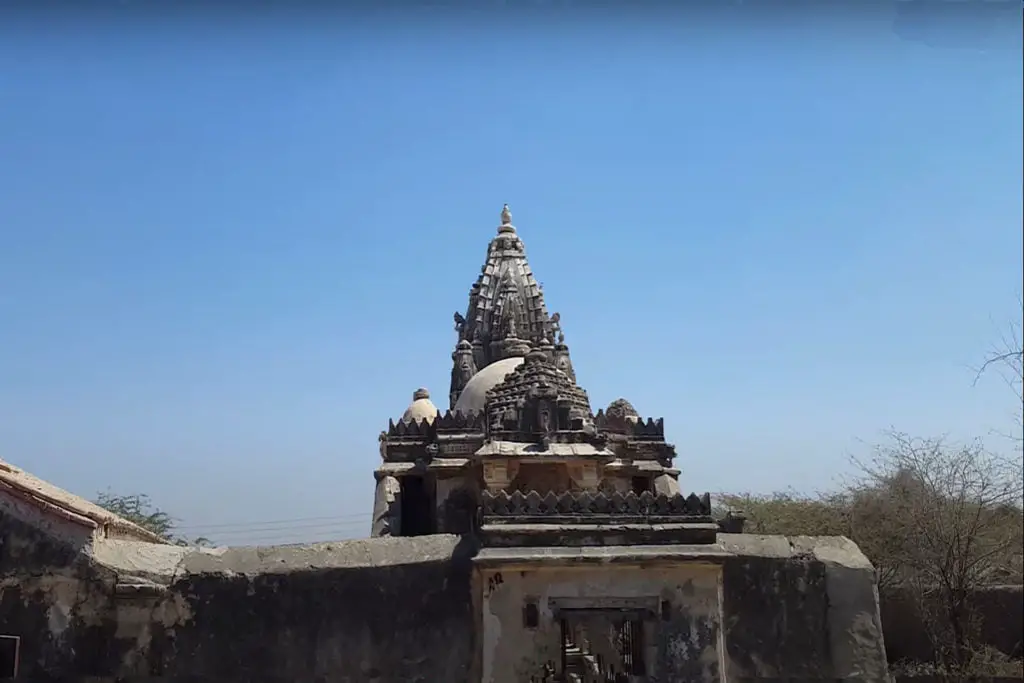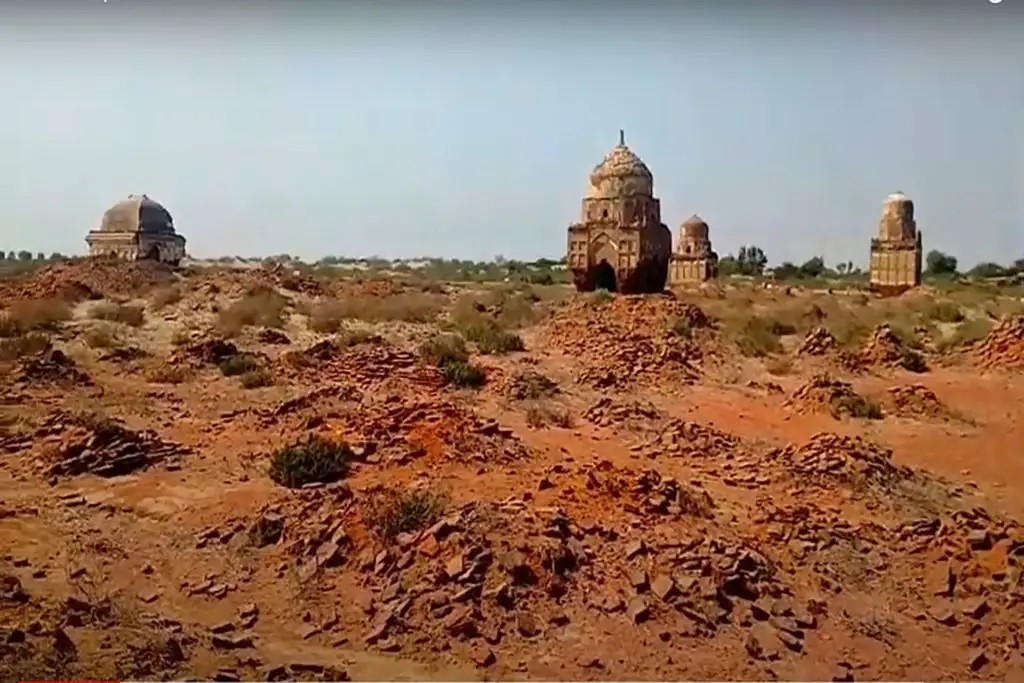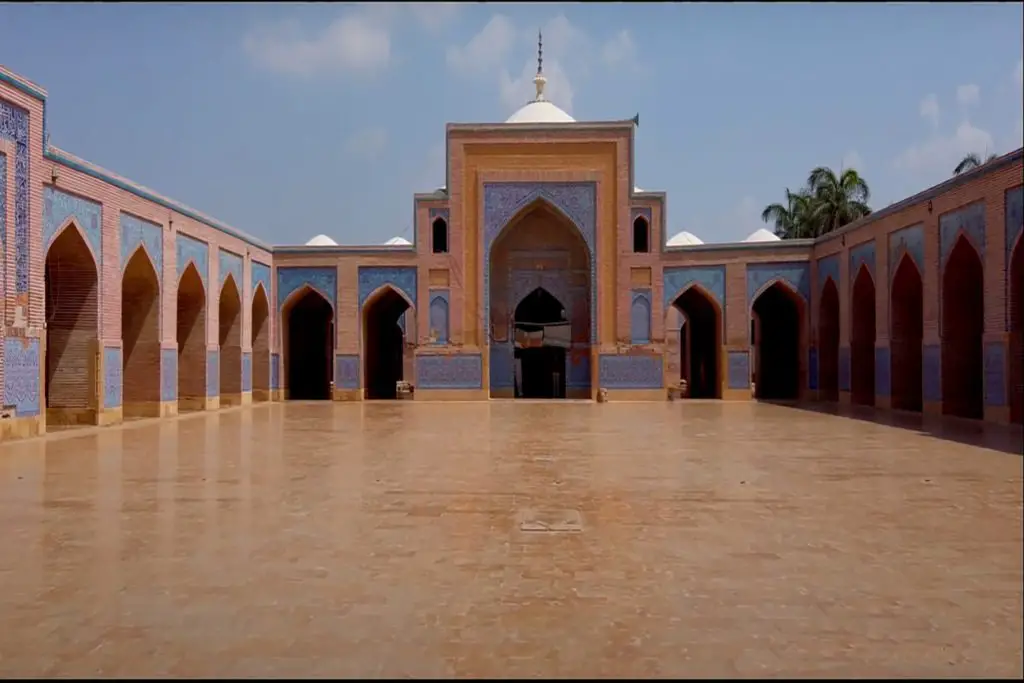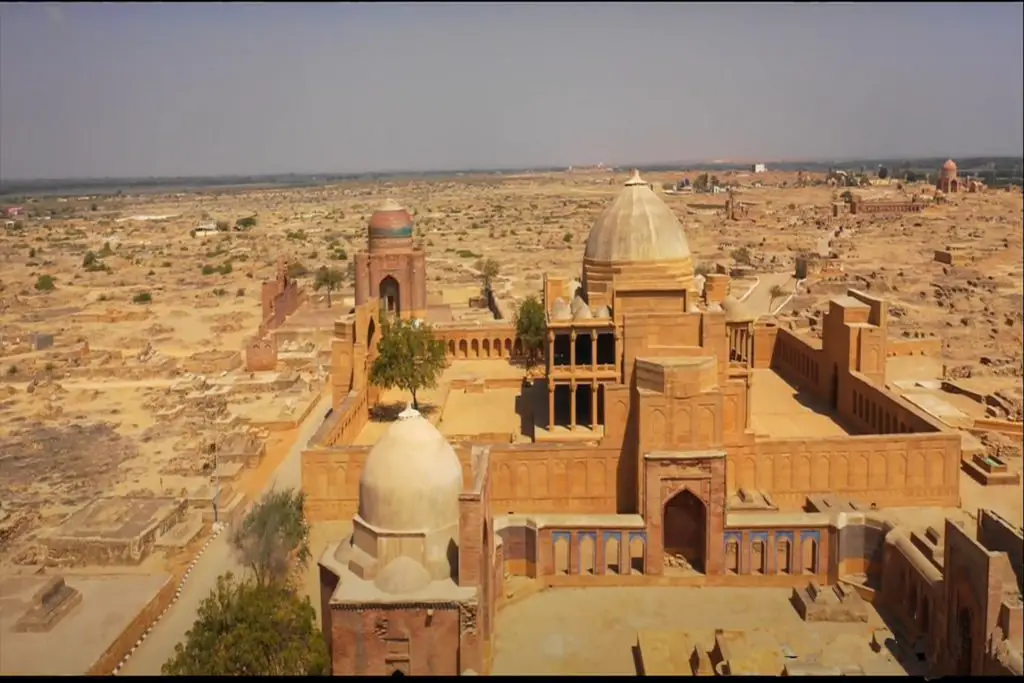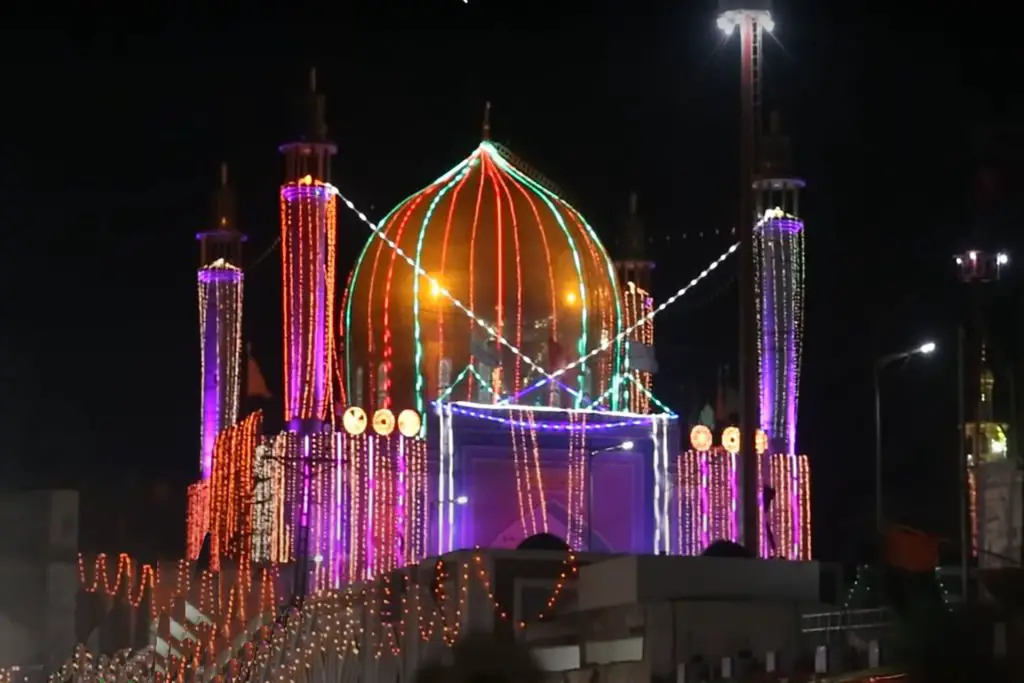The Dabgir Mosque Thatta is a historic and awe-inspiring mosque located in the ancient city of Thatta, in the southern province of Sindh, Pakistan. Built during the reign of Mughal Emperor Aurangzeb in the late 17th century, the mosque is a stunning example of Mughal architecture and an important religious and cultural landmark in the region.
Dabgir Mosque Thatta Location
Dabgir Mosque Thatta is located at a distance of 1 km from Shah Jahan Masjid, and its distinctive and majestic dome dominates the skyline. The mosque’s architecture and design are a testament to the Mughal Empire’s legacy of grandeur and refinement. The mosque is built on a high platform and has four minarets at its corners, which are a unique feature of Mughal architecture.
Dabgir Mosque Thatta Architecture
The mosque’s central dome is a marvel of engineering and design, with intricate patterns and geometrical shapes adorning its surface. The dome is supported by four massive pillars, which are decorated with calligraphy and floral motifs, adding to the mosque’s grandeur and beauty. Dabgir Mosque Thatta is known for its work and sculptured prayer hall which is also called as Mehrab.
The Dabgir Mosque Thatta, with its impressive dimensions of 98 feet in width and 48 feet in length, stands as a remarkable architectural gem. The mosque features three distinct bays, each adorned with its own unique dome. Two smaller domes gracefully cover two of the bays, while the central bay boasts a magnificent large dome that commands attention.
Inside these domes, the inner sides of the roofs showcase an exceptional display of tile work. The intricate designs adorning the tiles are a testament to the skill and artistry employed in their creation. Delicate patterns of flowers, meticulously imprinted within the domes, exemplify the epitome of refined tracery. The interplay of these intricate floral motifs creates a captivating sight that inspires awe and appreciation.
Another noteworthy feature of the Dabgir Mosque is its intricately carved Mehrab. The level of craftsmanship displayed in the delicate carvings is such that the stone appears to possess the beauty and elegance of sandalwood. The intricacy and precision of the carving work lend an air of sophistication and grace to the Mehrab, making it a focal point of admiration within the mosque.
The Dabgir Masjid, with its remarkable domes adorned with exquisite tile work and its delicately carved Mehrab, stands as a testament to the mastery of craftsmanship and artistry in its construction. It continues to captivate visitors with its beauty and evokes a sense of reverence for the skill and devotion invested in its creation.
The mosque’s interior is equally stunning, with a large prayer hall that can accommodate thousands of worshippers. The hall is decorated with elaborate tile work and intricate carvings, with verses from the Quran inscribed on the walls in beautiful calligraphy. The mihrab, a niche in the wall indicating the direction of Mecca, is also a masterpiece of Mughal design, with delicate carvings and intricate patterns.
The Dabgir Mosque’s rich history and cultural significance make it an important site for tourists and locals alike. The mosque has played an important role in the religious and cultural life of Thatta for centuries, and it continues to be an active mosque today. Visitors to the mosque can observe the daily prayers and witness the mosque’s vibrant and welcoming atmosphere.
Restoration of Dabgir Mosque Thatta
Regrettably, the Dabgir Mosque Thatta has fallen into a state of disuse and neglect. Over time, the structure has endured significant damage due to the high salt content in the soil, leading to the porosity of the brickwork. This degradation has resulted in the disintegration of the mosque’s overall structure.
The adverse effects of the salted soil have taken a toll on the mosque, rendering it unstable and vulnerable to further deterioration. The once solid and sturdy brickwork has become weak and porous, causing the structure to lose its integrity. The architectural elements and intricate details that once adorned the mosque may have been eroded or lost, diminishing its former grandeur.
The unfortunate state of the Dabgir Mosque Thatta serves as a stark reminder of the importance of preservation and maintenance in safeguarding historical and cultural landmarks. Efforts to address the damage caused by the salted soil and restore the mosque’s structural stability would be necessary to prevent its complete disintegration and to preserve its historical significance for future generations.
Over the centuries, the Dabgir Mosque Thatta has undergone several renovations and restorations to preserve its original splendor. In recent years, the Pakistani government has undertaken significant efforts to protect and conserve the mosque, ensuring that it remains a vital part of the region’s cultural heritage.
In conclusion, the Dabgir Mosque Thatta is a stunning example of Mughal architecture and an important cultural and religious landmark in Pakistan. Its grandeur and beauty make it a must-visit destination for anyone interested in the region’s history and architecture. The mosque’s rich history and cultural significance make it an integral part of the local community, and it continues to inspire awe and wonder among visitors from all over the world.

